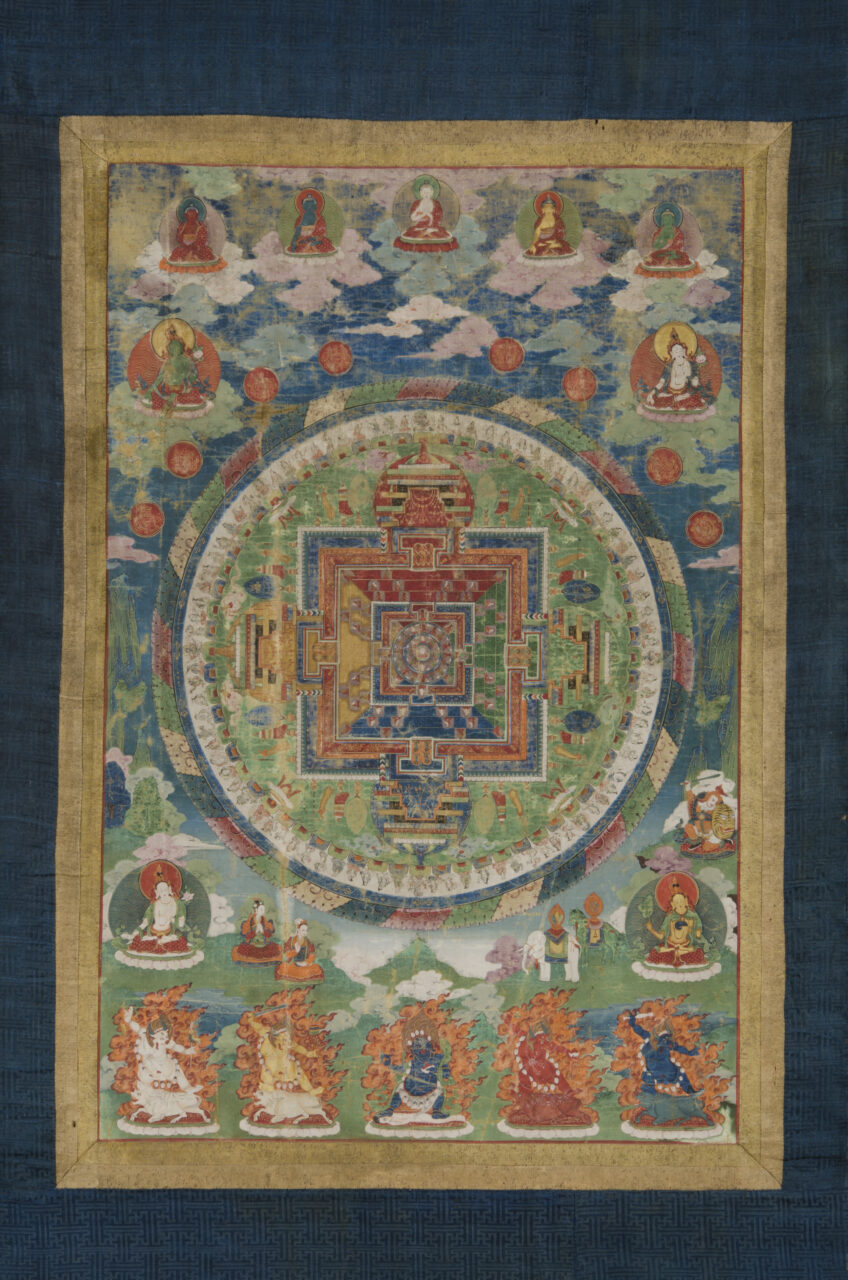 Mandala of Sarvavid Vairocana (Durgatiparisodhana from the Vajradhatu Mandala Series)
Mandala of Sarvavid Vairocana (Durgatiparisodhana from the Vajradhatu Mandala Series)Inner Mongolia or Beijing ca. 18th century
 Protective Astrological Chart
Protective Astrological ChartTibet late 18th or early 19th century
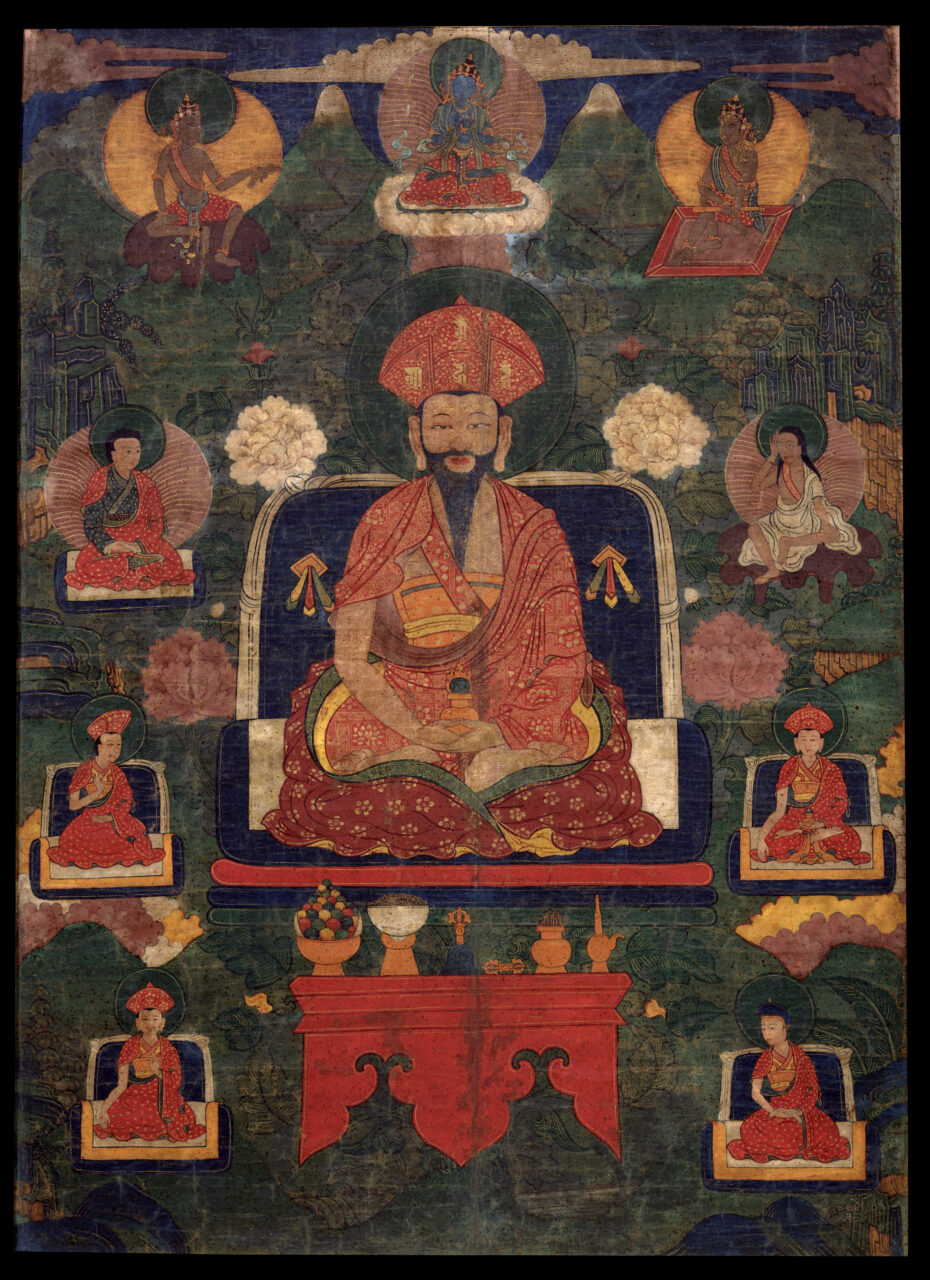 Lama (Teacher) Zhabdrung Ngawang Namgyel (1594–1651)
Lama (Teacher) Zhabdrung Ngawang Namgyel (1594–1651)Bhutan early 18th century
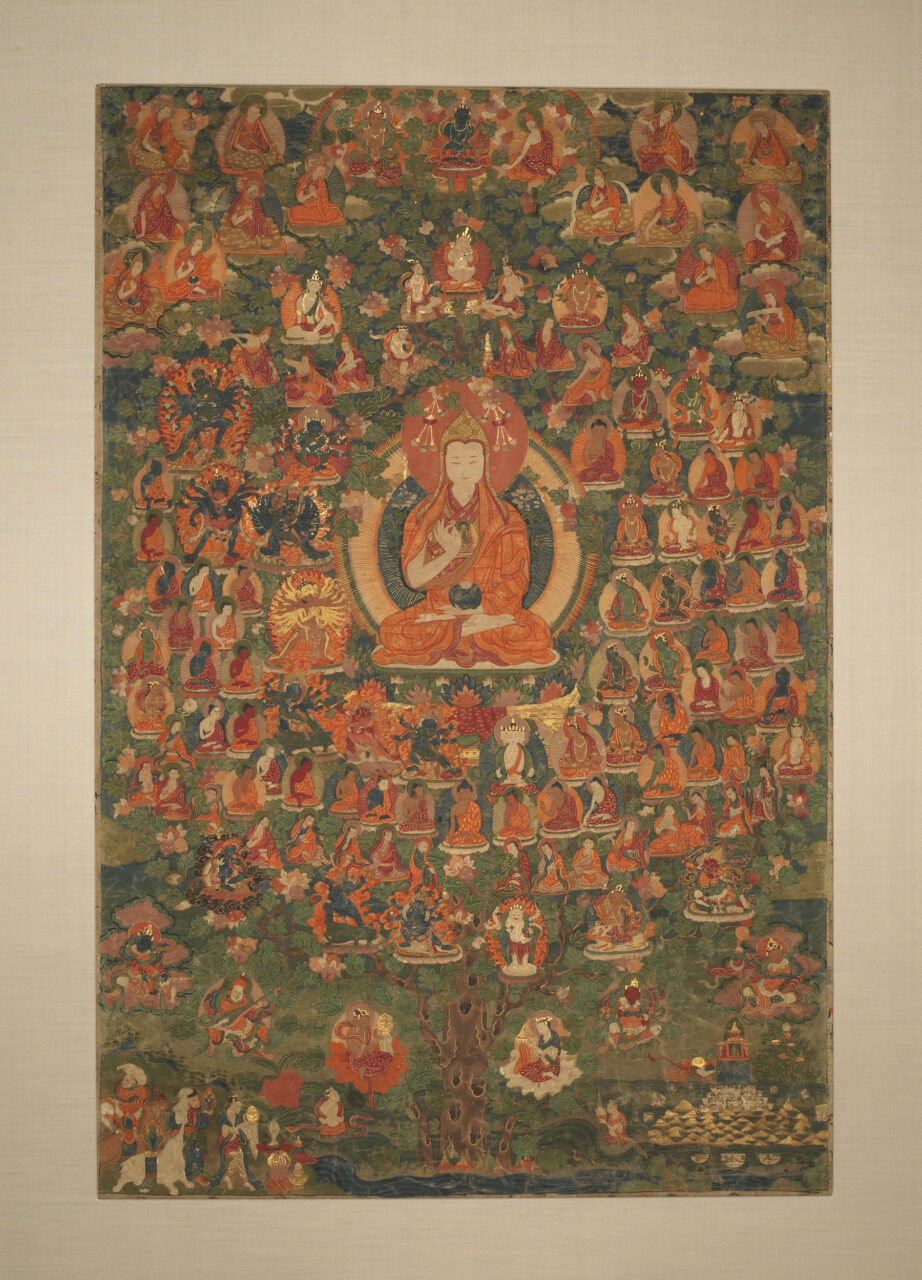 Geluk Refuge Field with Tsongkhapa
Geluk Refuge Field with Tsongkhapacentral Tibet ca. late 18th–early 19th century
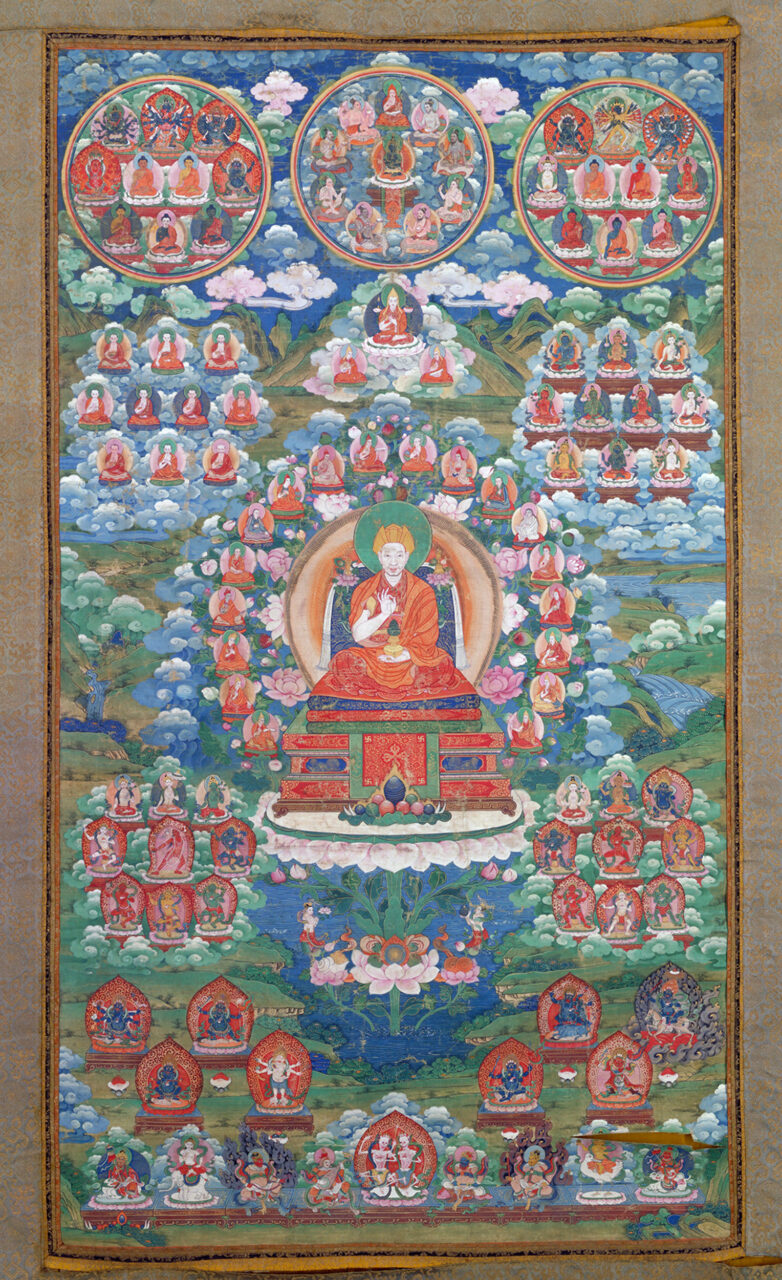 Changkya Rolpai Dorje
Changkya Rolpai DorjeChina 18th century
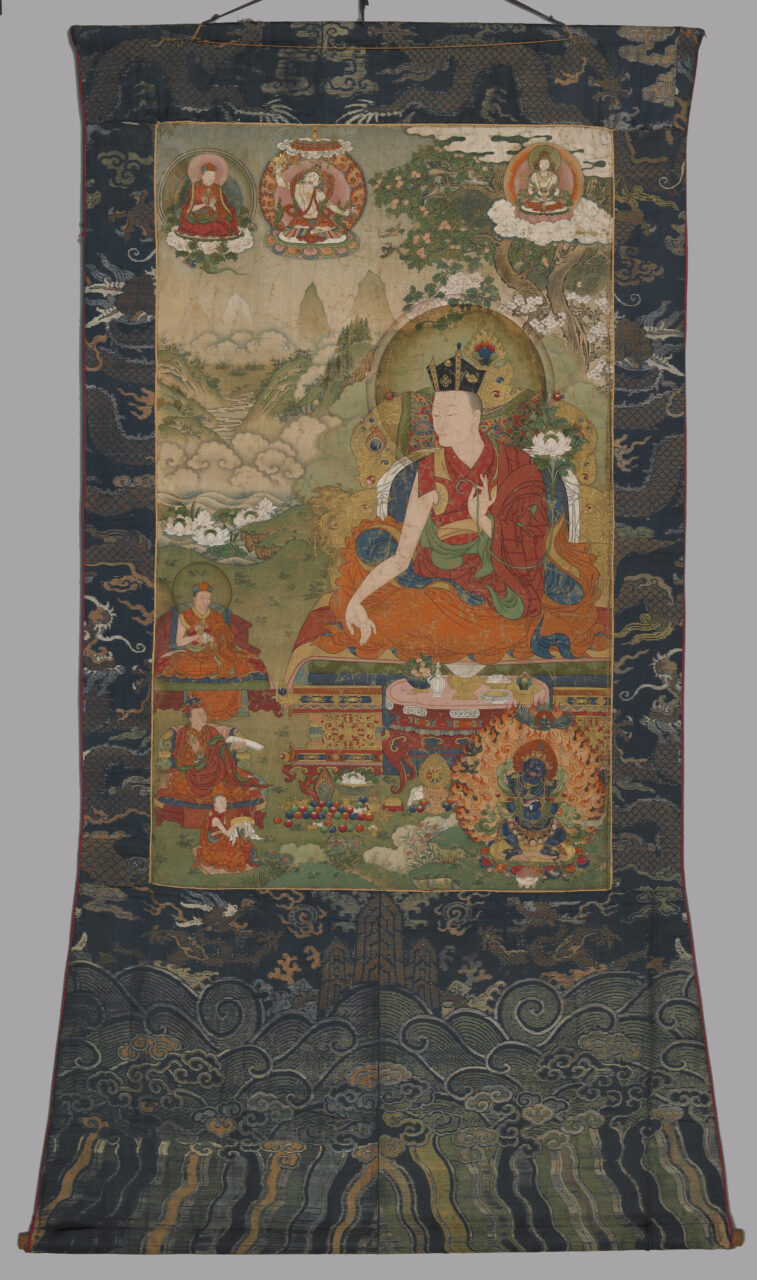 Thirteenth Karmapa, Dudul Dorje (1733–1797), from a Pelpung set of Masters of the Combined Kagyu Lineages
Thirteenth Karmapa, Dudul Dorje (1733–1797), from a Pelpung set of Masters of the Combined Kagyu LineagesKham region, eastern Tibet ca. 1760s
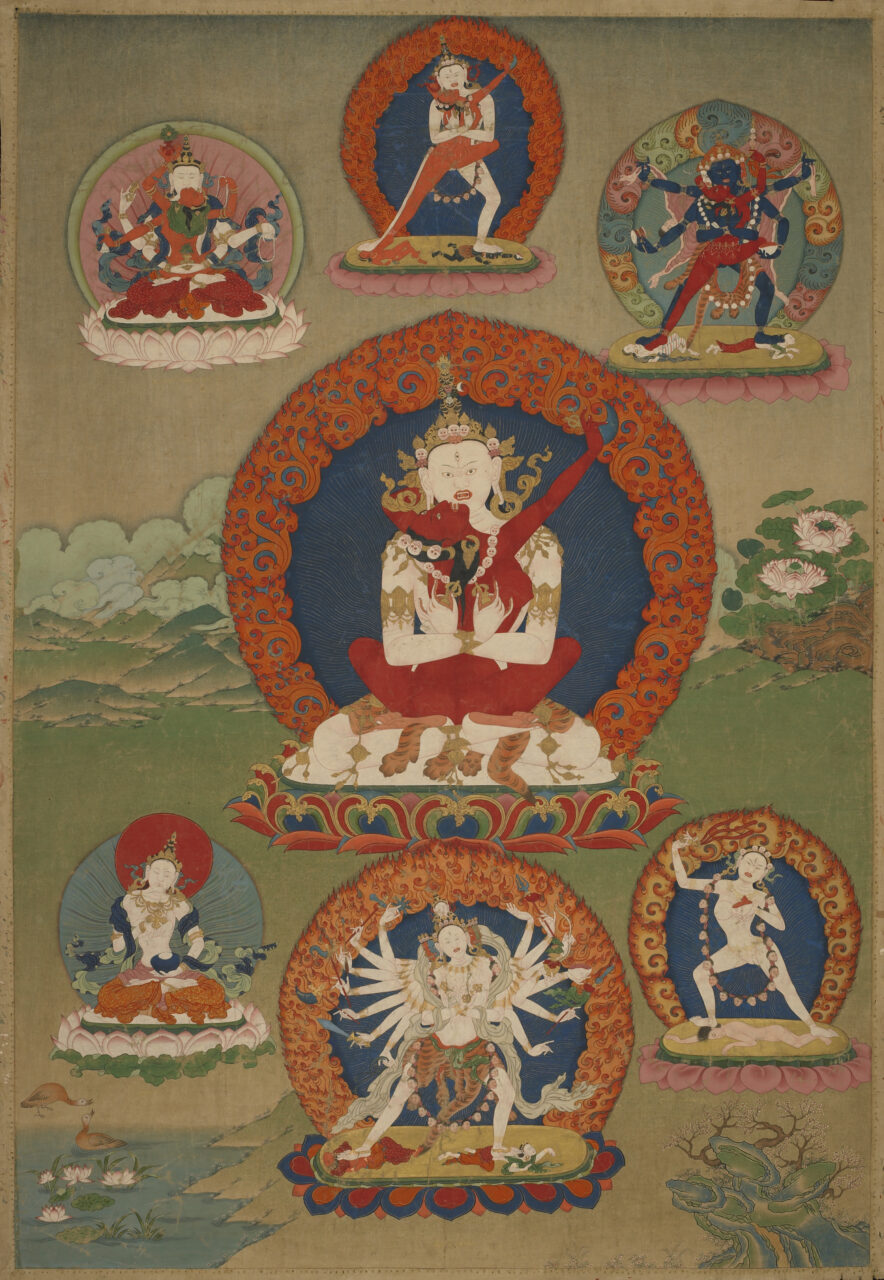 White Chakrasamvara, from Situ’s set of The Twenty-Seven Tantric Deities
White Chakrasamvara, from Situ’s set of The Twenty-Seven Tantric DeitiesKham region, eastern Tibet ca. 18th century
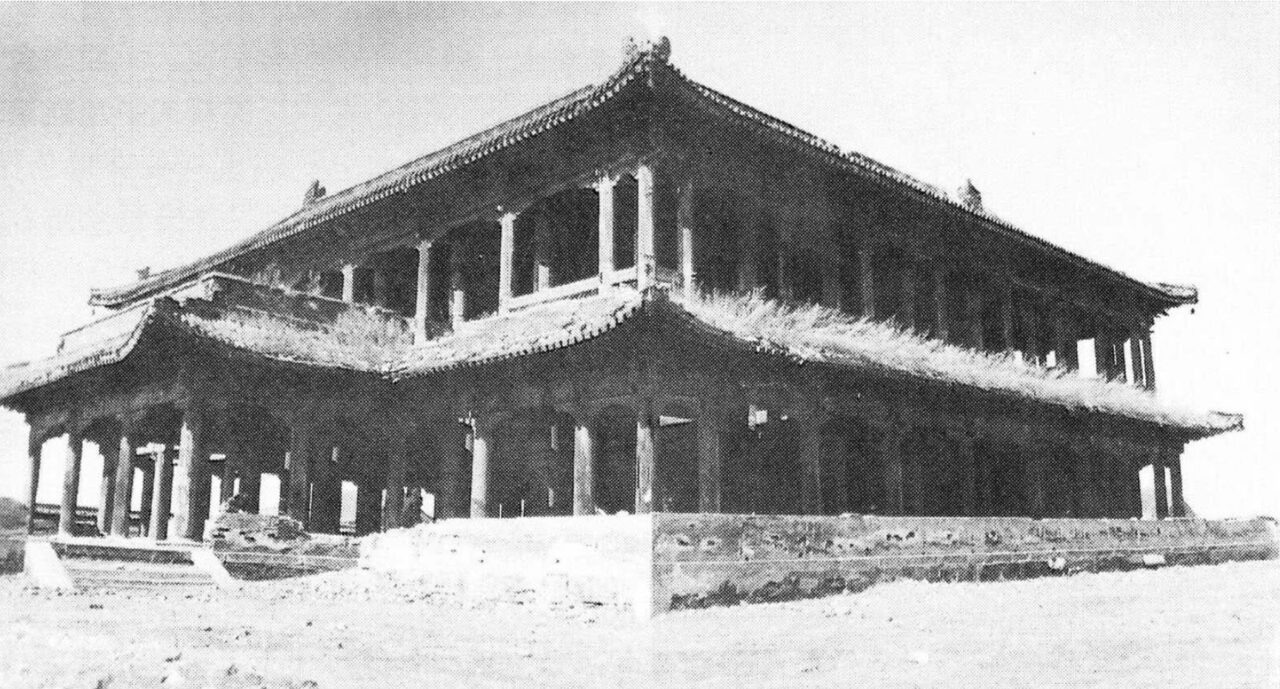 Facade of the main assembly hall of Shara Süme, “Yellow Monastery,” imperial monastery built on the same model as Amarbayasgalant Khiid (1727–1736)
Facade of the main assembly hall of Shara Süme, “Yellow Monastery,” imperial monastery built on the same model as Amarbayasgalant Khiid (1727–1736)Dolonnuur, Inner Mongolia 1727–1731, partially destroyed by Russian troops in 1945 Lei Jinyu, architect (1659–1729)
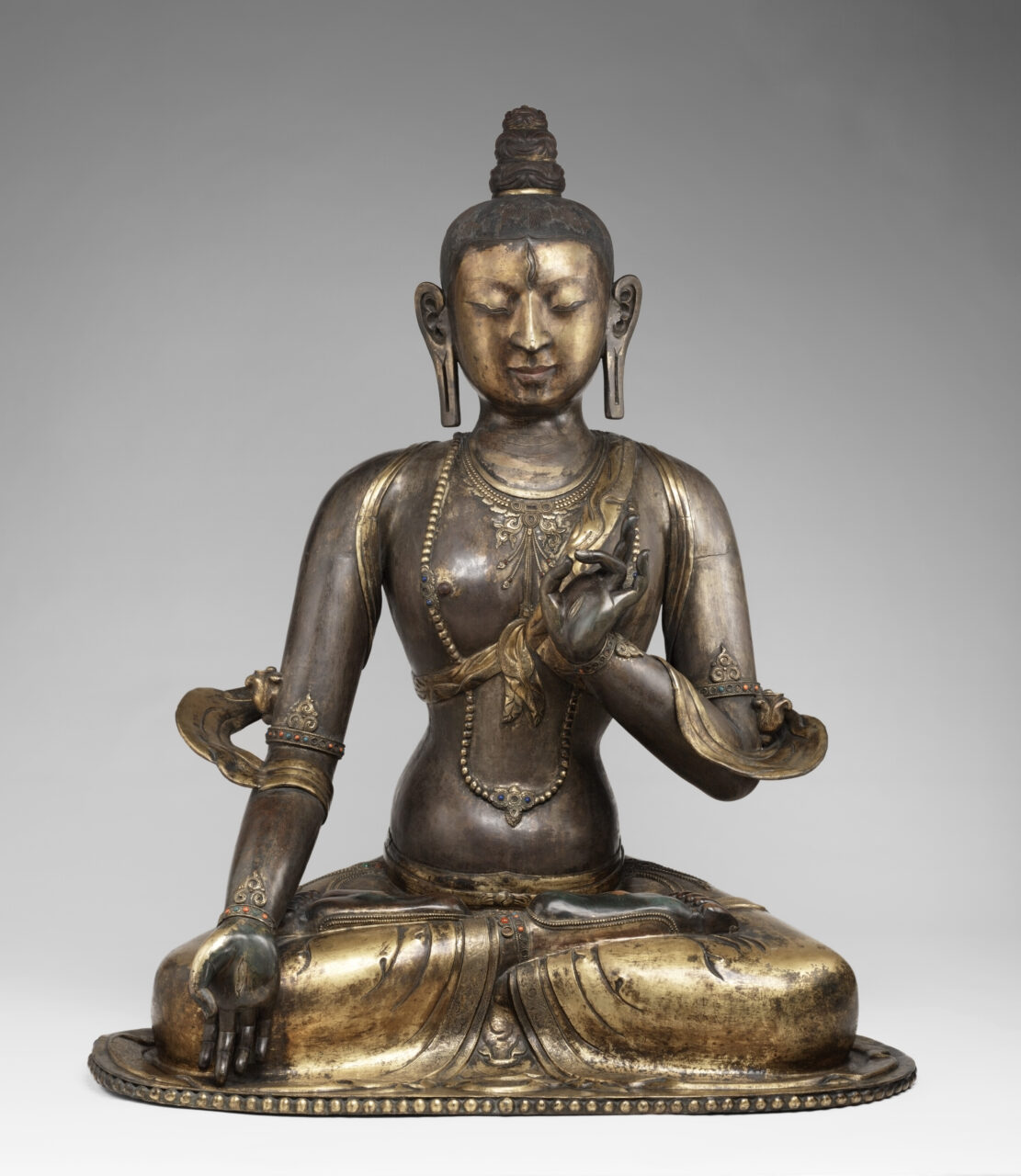 Statue of White Tara
Statue of White TaraDolonnuur, Inner Mongolia 18th or 19th century
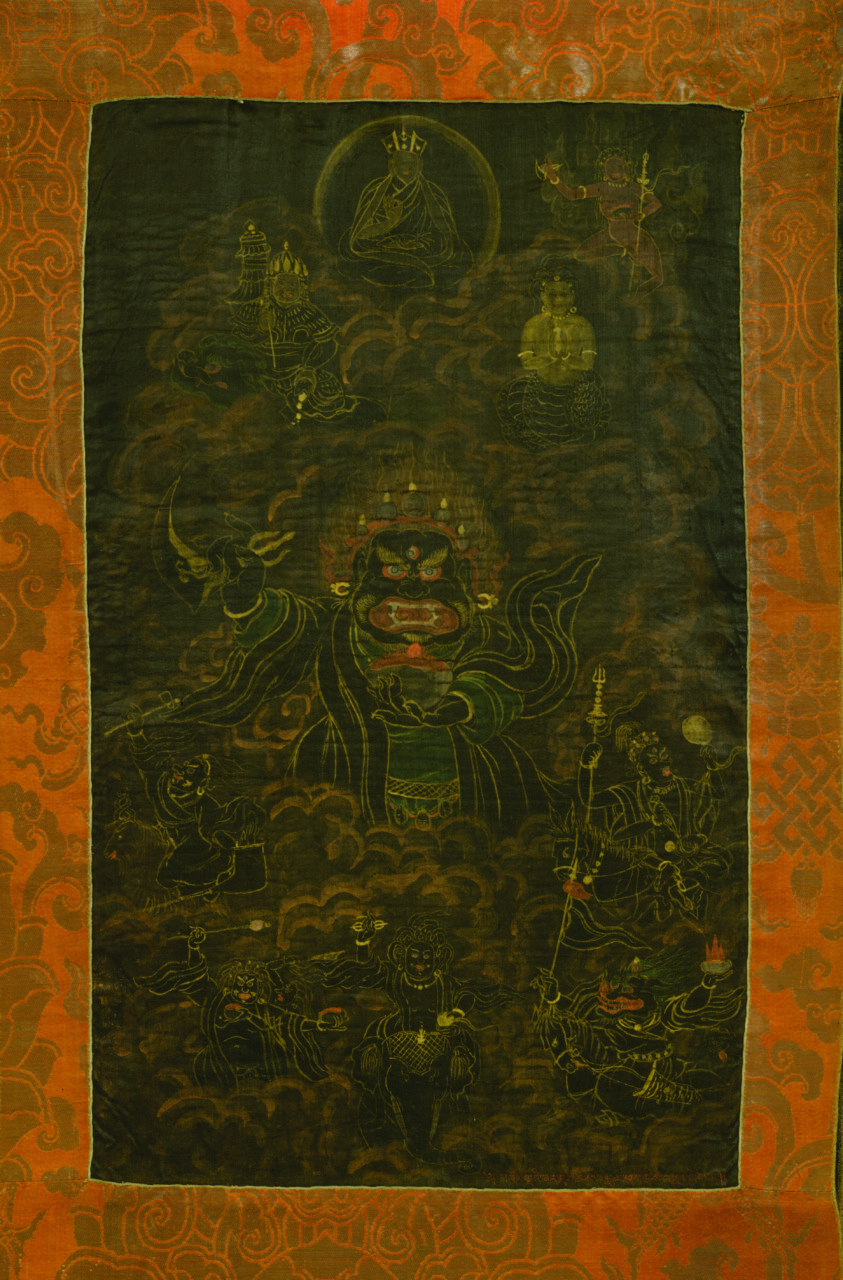 Black Cloak Mahakala
Black Cloak MahakalaKham Province, eastern Tibet 18th century Situ Panchen (1700–1774)
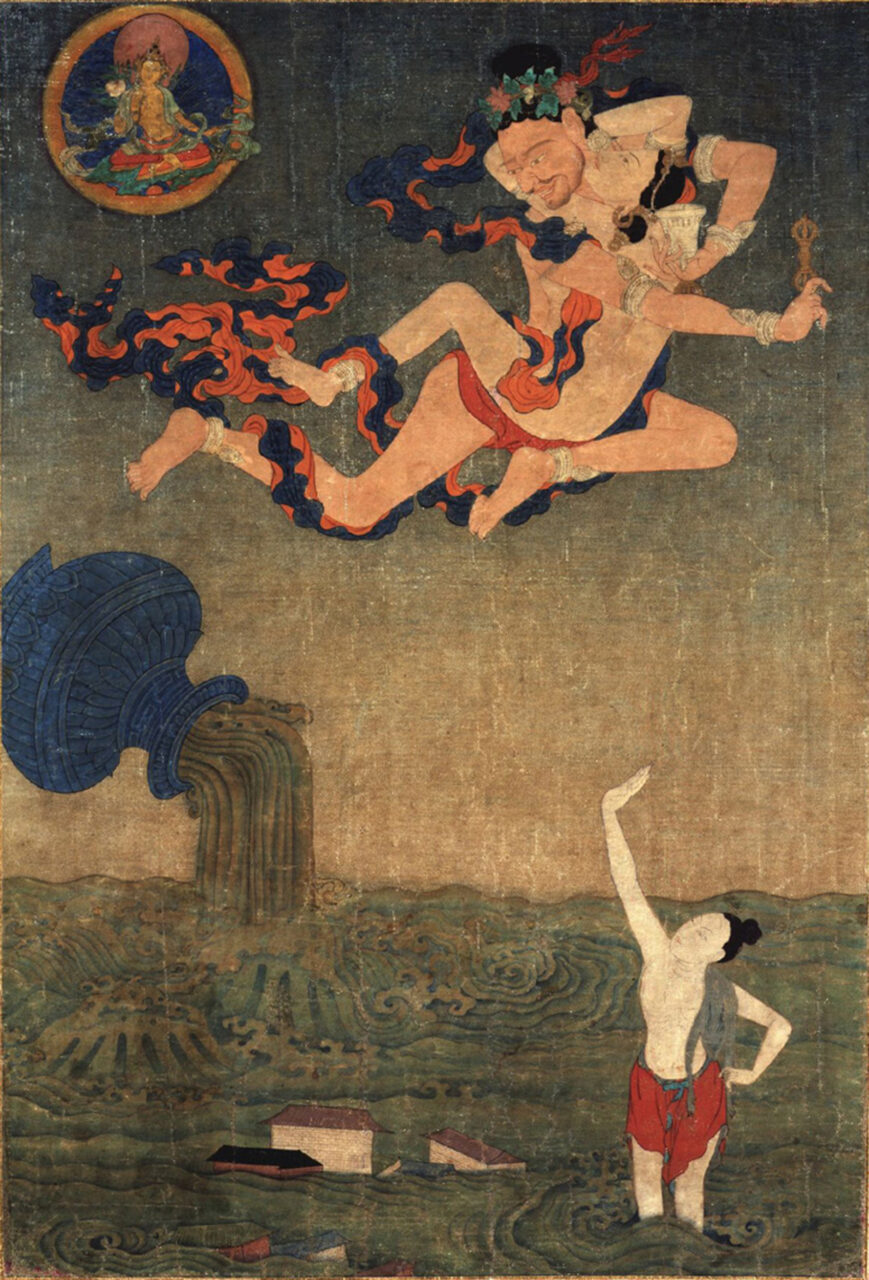 Ghantapa as one of the Eight Great Tantric Adepts
Ghantapa as one of the Eight Great Tantric AdeptsKham region, eastern Tibet 18th century
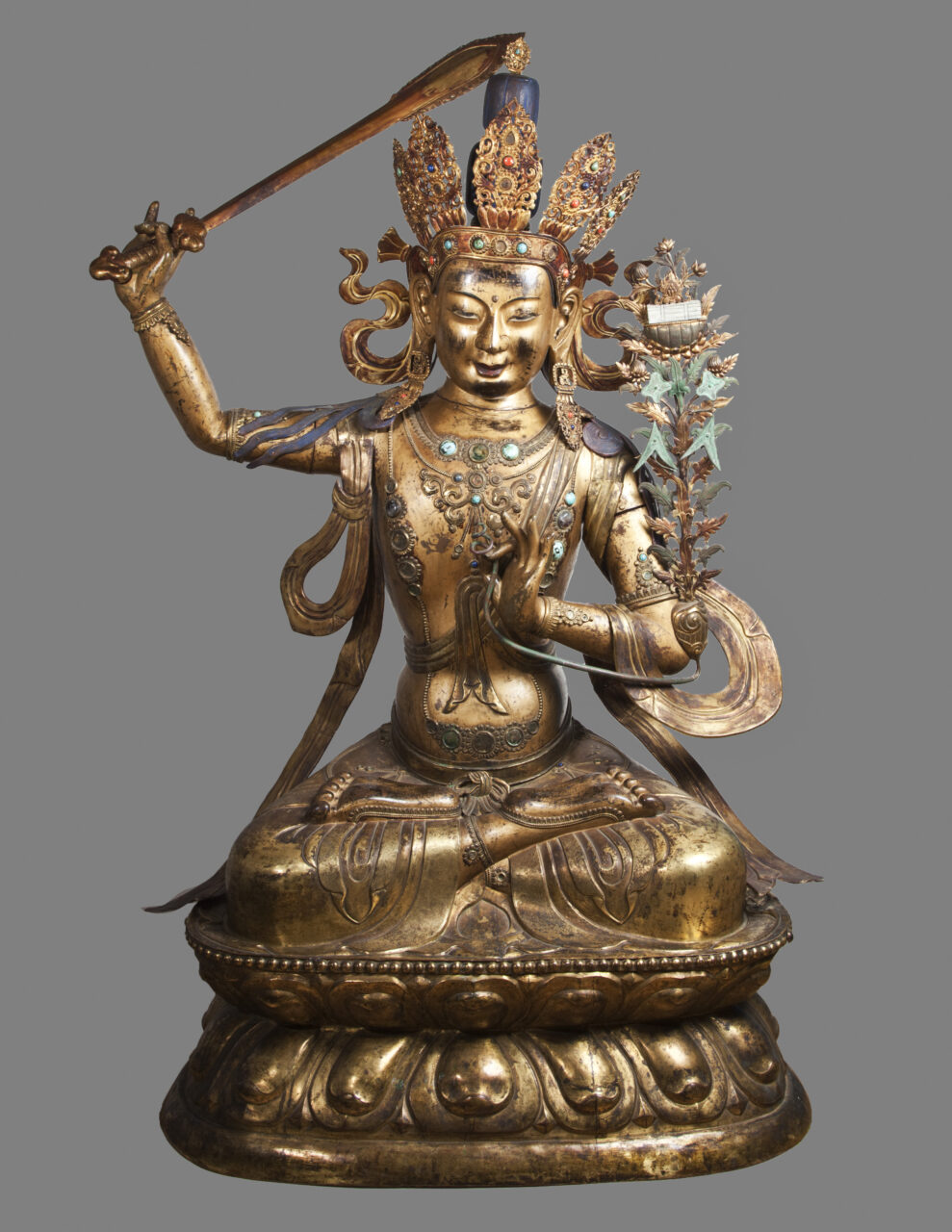 Statue of Manjushri
Statue of ManjushriEfi (efü?) khalkha süme, Shiliin Gol League (formerly in Chakhar), Inner Mongolia mid-18th century
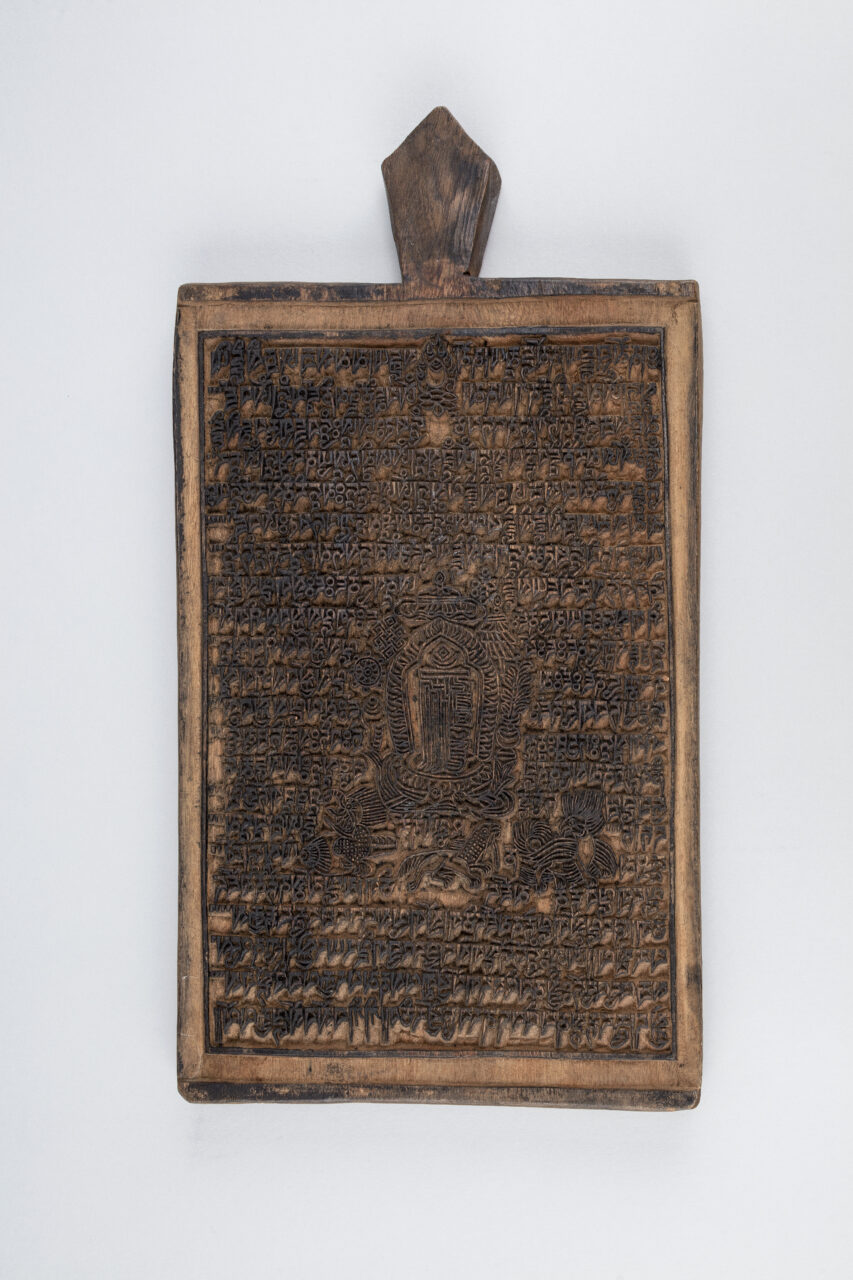 Woodblock for Printing Prayer Flags with Print
Woodblock for Printing Prayer Flags with PrintHimalayan region 15th–19th century
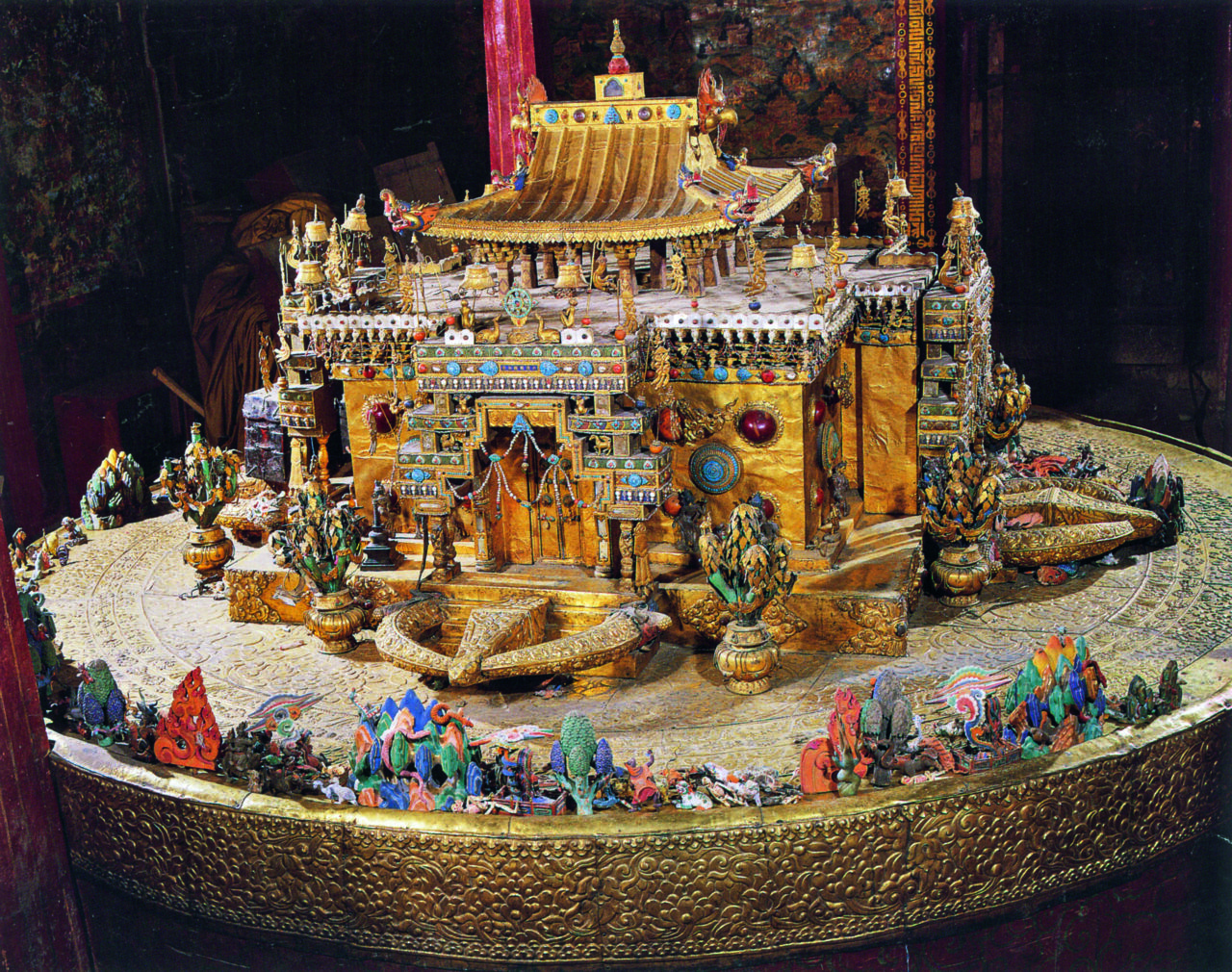 Yamantaka Palace Mandala
Yamantaka Palace MandalaPotala Palace, Lolang Lhakhang, Lhasa, U region, central Tibet 1751
 Goddess Marichi
Goddess MarichiMongolia late 17th or early 18th century Attributed to Zanabazar (Mongolian, 1635–1723) or his workshop
 Bunga Dyo, the Legend of Red Avalokiteshvara
Bunga Dyo, the Legend of Red AvalokiteshvaraNepal 1712































